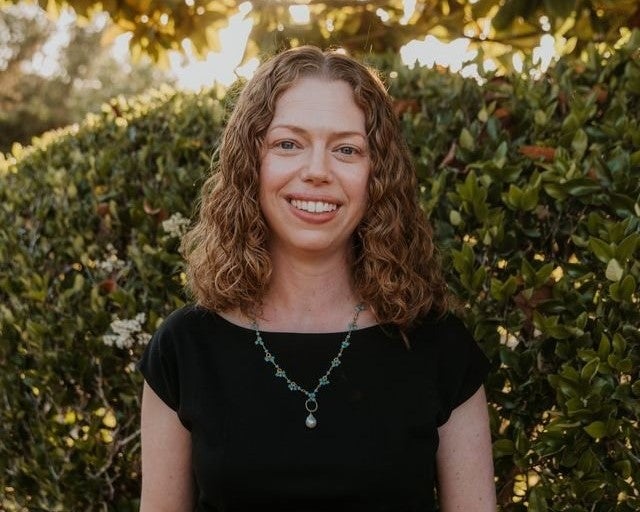How to build a good research partnership: A Q&A with Dr. Katy Milkman on her work with CVS

CHIBE is highlighting the ways our affiliates have created successful research partnerships. This is the third article in a series of stories illustrating effective collaborations. Are you a CHIBE investigator looking for a partner for your research? Contact chibe@pennmedicine.upenn.edu to connect with the CHIBE Steering Committee.
How do great research collaborations happen? CHIBE affiliated faculty member Dr. Katy Milkman cultivated a successful partnership with CVS Pharmacy, which led to a research paper in Nature showing that providing patients with a free round-trip Lyft ride to the pharmacy to get a vaccine had no benefit over and above sending patients behaviorally informed reminder messages about vaccination. The team did identify some reminder messages that were more effective than messages that were previously considered to be “best practice,” and they’ve seen CVS Pharmacy continue to use some of the most effective reminder verbiage from their project.
“Given that we know vaccines save lives, our role in generating reminder messages that could lead to tens of thousands of additional vaccinations each year is quite exciting,” Dr. Milkman said.
Learn how Dr. Milkman and colleagues created this partnership in the Q&A below.
How did this partnership come about — Did CVS Pharmacy come to you or did you reach out to them?
I worked with CVS Pharmacy on a recently published paper in Nature where we tested a variety of different ways to encourage COVID-19 booster vaccinations. It was a project spurred by an idea from Penn MD/MBA Mitesh Patel: Mitesh thought we should assess whether offering free rides to and from pharmacies for vaccine appointments might be an effective way to boost vaccination rates. The White House had invested in a program like this back in 2021, but there was no evaluation of its efficacy, so we were curious about its impact.
Our first step was to reach out to the chief economist at Lyft (University of Chicago Economics Professor John List) to ask if Lyft might be open to helping us test this idea. John was just leaving his role at Lyft but connected us with the right people there to explore a partnership. The Lyft team told us they had worked with CVS Pharmacy to give out free rides to vaccine sites previously and offered to introduce us to their contacts. So our path to CVS was very roundabout!
When we connected with CVS and explained the goals of our work and that we had already obtained funding to support our research (and free rides), they agreed to team up. The partnership was strengthened by our shared interest in finding effective ways to ensure more of the patients CVS Pharmacy served could benefit from life-saving vaccines.
What advice would you give someone looking to partner with a major organization?
It’s important to have buy-in from someone high up in your partner organization who is committed to seeing the project through and has the authority to ensure its success. Ideally your goals would also be well-aligned with the organization’s goals for the project. In other words, they should find it valuable to partner on the research. And you should make sure to sign a legal agreement with the organizational partner before investing significant time in your project; the legal agreement should guarantee you the right to publish your results.
Early in my career I started a research collaboration with Netflix but didn’t realize I would need a legal agreement in order to publish what I learned from analyzing their data. After I shared early results with Netflix, they asked me to destroy the data they had shared (along with all of my team’s findings), and I had no choice but to do so. It was a miserable experience, but I learned an important lesson about the value of codifying your right to publish before you produce output for an organizational partner!
If you could go back to the start of the project, is there anything you would have done differently?
This was a very smooth partnership, so there’s not much I would do differently. The only thing I can think of is that I wish we had asked for a complete pull of relevant historical data on all study participants before we began delivering messages to them. In this particular project, we learned that some variables we had expected to be time-invariant (so collected after messages were delivered) actually changed over time, which caused us some headaches when we couldn’t reconstruct their past states.
Anything else you’d add?
Working with organizational partners always involves some unexpected twists and turns. But the kind of rich, meaningful data you can collect in the field when you find a great organizational partner makes the challenges associated with this type of work well worth managing.